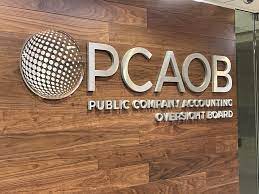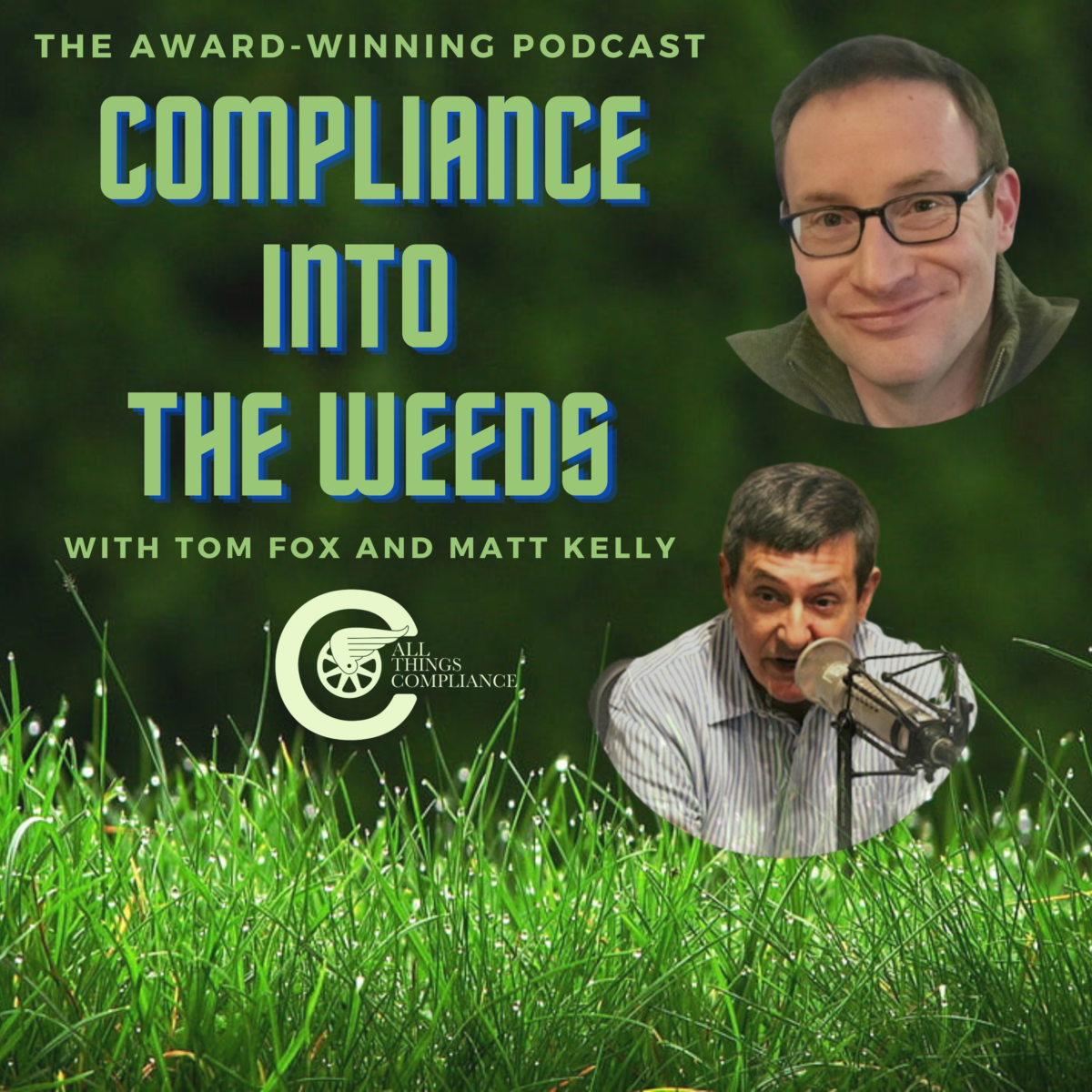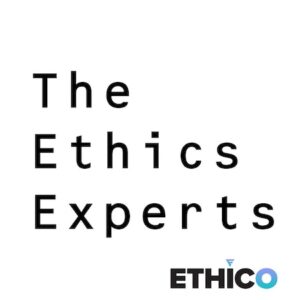Today, we are diving into the world of compliance with a focus on enhancing compliance programs. We’ll be exploring the key takeaways from my recent conversation with well-known compliance maven Mary Shirley and Tom Fox, where we discuss Mary’s first solo book, “Living Your Best Compliance Life: 65 Hacks and Cheat Codes to Level Up Your Ethics and Compliance Program.” This book offers valuable insights and practical advice for compliance professionals, emphasizing authenticity, engagement, and continuous improvement. Let’s discover some innovative ways to level up your ethics and compliance program!
I asked Mary about her writing style. She began by saying that she had not been confident about her writing skills. She tended to write as she spoke, which served her well for public speaking but not so well in written works. She said she had “tried very hard to improve my writing and part of that has been challenging myself to do things like publish articles because if I didn’t work on it, then it wouldn’t get addressed. The first thing I’d say about writing style is just doing my best with what I have and knowing that it’s not a predominant strength of mine but consciously working on it, listening to feedback from others.”
She added that “as cute as it sounds really being authentic.” For me, speaking in a conversational tone rather than making things legalistic is how I’ve been able to survive as a compliance officer, and it’s how I’m able to survive when talking to other compliance officers as well. We are naturally a stuffy sort of a function, and I’m not really a stuffy person, and so why hide that?”
I asked her about how she wrote, and she said that during the pandemic, she had a bit of extra time since she worked from home and did not have to commute. “Whenever the mood took me, really, I always had in the back of my mind to be thinking about things and conversations with friends and colleagues in the space to note things down as they came to me and to remember to probe people more if they shared an idea that was interesting that I thought could be featured in the book.” She also related that she had “no kids, no pets, no plants, which I think gives me the unique opportunity to be able to leverage some of my time in ways that I appreciate that others are not necessarily able to. So for me it was, any kind of time. My weekends, I spent a lot of time doing the drafting then.”
We then turned to the chapters of her book, beginning with the first chapter, The Foundation of a Strong Compliance Program. In it Mary highlights the significance of program assessments as the foundation of a compliance program. These assessments help direct compliance programs and provide guidance to new compliance personnel. To make the process more effective, Mary suggests utilizing the free resource guide with customizable worksheets available on Corporate Compliance Insights’ dedicated page for the book. These worksheets help structure and organize ideas, making them adaptable for different environments, organizations, and cultures.
The next chapter is Team Building: Building Stronger Connections, Especially in Remote Work Settings. In the era of remote work, team building has become even more crucial. Mary emphasizes the need for dedicated team building in compliance programs, especially for remote teams. By fostering stronger connections and collaboration, compliance professionals can enhance their program’s effectiveness. Mary’s book offers valuable insights on various team building strategies that can be implemented, even with limited resources.
We next reviewed her chapter entitled, Culture and Communications: Fostering a Culture of Integrity. Creating a culture of integrity within compliance programs is essential for success. Mary’s book delves into the chapter on culture and communications, providing practical guidance on how to foster such a culture. By challenging traditional perceptions of compliance and adopting a more authentic and human-centered approach, compliance professionals can create an environment that promotes ethical behavior and compliance.
In the burgeoning age of AI in compliance, Mary’s next chapter entitled, A Humane Compliance Function: Embracing Authenticity is all the more topical. Gone are the days of a strict and robotic approach to compliance. Mary’s book encourages compliance professionals to embrace a more authentic and humane compliance function. By prioritizing compassion and authenticity, compliance programs can foster trust, engagement, and employee satisfaction. Mary provides cost-effective solutions and practical guidance on how to implement this approach effectively.
It will not surprise compliance professionals to find the next chapter, Unlocking the Power of Compliance Week: Engagement and Feedback. In this chapter Mary focuses on the celebration of Corporate Compliance and Ethics Week as a powerful tool that is often underutilized. We discussed how Compliance Week can be used as a two-way feedback mechanism to better serve internal clients. Mary shares her experience of using fun and unconventional methods to engage employees during Compliance Week, such as games that require answering compliance questions to earn tools or rewards. This not only tests the absorption of compliance training but also identifies gaps in knowledge.
Compliance Week can provide valuable insights into areas where more work is needed. Mary suggests using Compliance Week to test basic knowledge, such as knowing where to find compliance policies or the name of the chief compliance officer. She even shares an example from her book where people got the answer wrong about the name of the chief compliance officer. By incorporating low-tech methods like easels and whiteboards, compliance professionals can gather information effectively during Compliance Week.
In conclusion, Mary Shirley’s book, “Living Your Best Compliance Life,” offers compliance professionals valuable insights and practical advice for enhancing compliance programs. By focusing on authenticity, engagement, and continuous improvement, compliance officers can create a culture of integrity and foster stronger connections within their teams. Additionally, Compliance Week provides a powerful opportunity for engagement and feedback. By utilizing this tool effectively, compliance professionals can identify areas for improvement and continuously enhance their programs. So, let’s embrace these practical tips and data-driven insights to level up our ethics and compliance programs!
Remember, Mary’s book will be released on August 15th in both Kindle and paperback formats. You can find it on Amazon.com.
You can also reach Mary at the following:
LinkedIn
Book: 65 Hacks & Cheat Codes to Level Up Your Ethics & Compliance Program | from CCI Press | Compliance Communication Handbook (corporatecomplianceinsights.com)










